Clothing waste is, nowadays, a real problem. Fortunately, some solutions exist. What are the ways to reduce this waste?
The textile industry is responsible for the degradation of the environment and our society on many levels, including waste. 92 million tonnes of textiles waste is produced every year and the fashion industry is responsible for 20% of global waste water. Brand collections are constantly renewed, and production is accelerating to meet demand, with more than 2 billion garments produced per year. This production has doubled in 20 years and our consumption of clothes has increased considerably, creating a problem in the life cycle of our garments.
80% of the clothes that are sometimes still intended to be worn, end up in the household waste.
Every year, between 10,000 and 20,000 tonnes of textile products are destroyed in France, and in US up to 11.3 million tons of textile waste each year—around 2,150 pieces of clothing each second.
Solutions exist : repairing clothes, giving them a second life, bartering or even renting them. Apart of some of the big retails trying to somehow curb the tendency of fast fashion, there are many businesses that appeared with the sole purpose of solving this problem. For example, Pip Smith is co-founder of LoveMerino, an Australian fashion brand that creates ethical and sustainable Merino wool garments. All LoveMerino products are made from wool from sheep raised on the Smith family farm, where Pip's husband Norm Smith and their five children live. They use holistic farming practices and adhere to strict animal welfare standards, making their clothing truly "flocked into the fabric".
These gestures must be integrated into our consumption process in order to limit our impact. However, the change must happen quickly because according to several experts clothing waste is something done by a majority of the population. Also, despite our recycling effort, it is necessary to stop this vicious cycle of waste of clothes!
This article is part of the project Our food, Our future written by Neven Chartier.
-https://www.oxfamfrance.org/agir-oxfam/impact-de-la-mode-consequences-sociales-environnementales/
(“Fashion” A major factor in clothing waste)
-https://www.youtube.com/watch?v=xHlcjP8RoPs
(solution for the clothing waste)
-https://earth.org/statistics-about-fast-fashion-waste/#:~:text=The%20Average%20US%20Consumer%20Throws,landfills%20on%20a%20yearly%20basis.
-https://www.forbes.com/sites/meimeifox/2019/12/09/7-companies-working-to-make-fashion-sustainable/?sh=5ae1c4e72a21




.png)